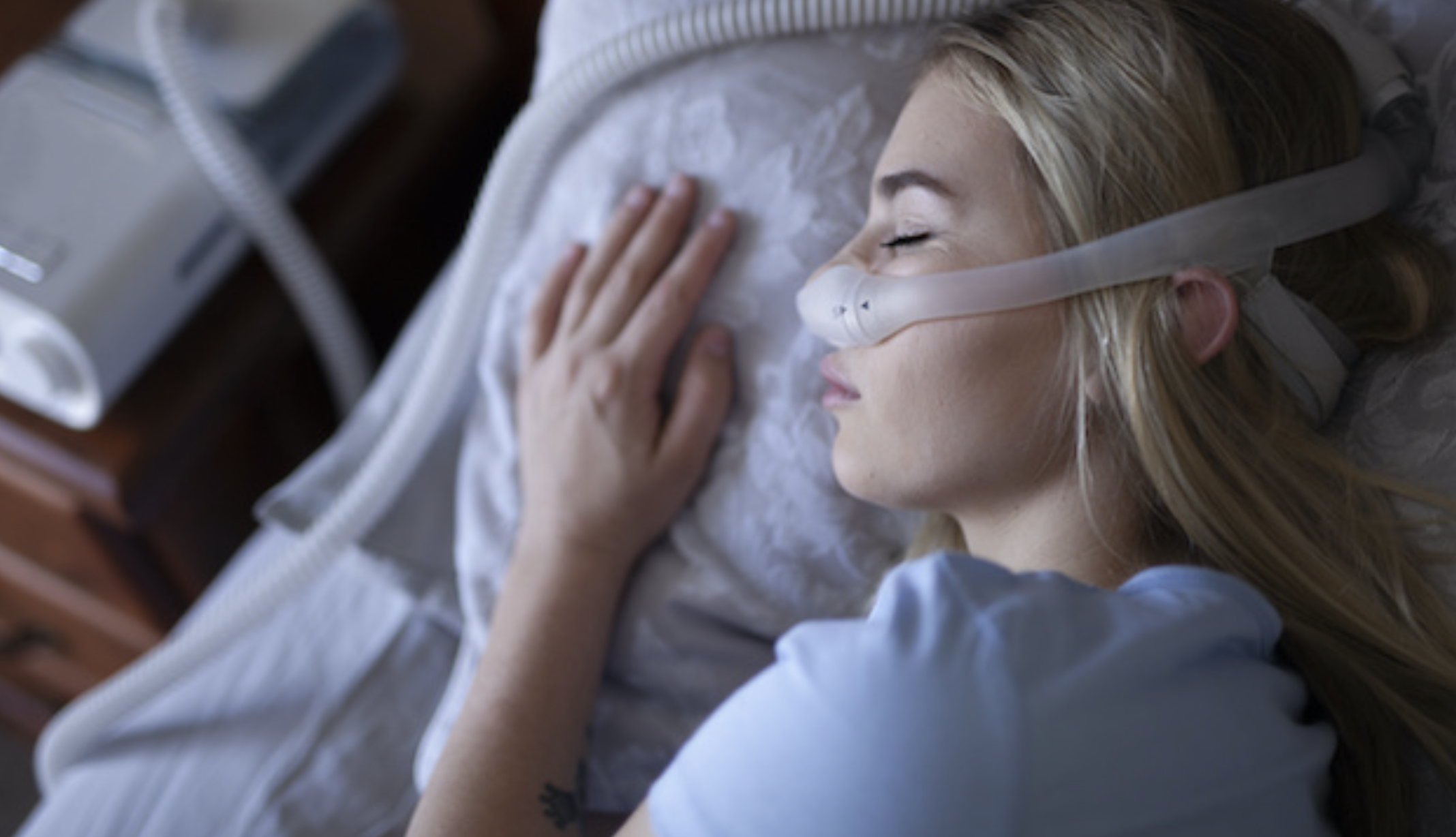
When you have a breathing disorder, it can be difficult to get a good night’s sleep. That’s why many people turn to use CPAP machines or other treatments designed to help them breathe better at night. Unfortunately, the manufacturers of these devices may not always be telling the whole truth about their products. And they might even lie outright.
This blog post will discuss the kind of claims to file against companies who knowingly sell defective products and win compensation for your injuries.
Table of Contents
What’s a CPAP Lawsuit?
A CPAP lawsuit is a type of personal injury lawsuit that deals with defective devices sold by various manufacturers. Actually, CPAP lawsuits aren’t typically launched against the doctors who prescribe the machines. Instead, they focus on what’s going wrong with these devices after being used in homes across the country.
Why Do People Launch Lawsuits?
When medical equipment injures people and is found to be defective, it’s usually the result of one (or more) of three things:
· The devices were manufactured incorrectly.
· The equipment was marketed with false advertisements or other marketing materials that contained misinformation.
· There are multiple cases where similar problems have surfaced in previous products by this manufacturer.
These cases are usually very different from typical personal injury lawsuits since they involve complicated scientific issues that can require a great deal of investigation and testimony to prove the case in court. This is why hiring an experienced attorney who specializes in these types of claims can be so beneficial for your claim. They will know how to present evidence effectively and fight the manufacturers on your behalf.
What Kind of Claims Can Be Filed?
There are numerous claims that can be filed in a CPAP lawsuit, including:
· Defective manufacturing of the device (i.e., it did not function correctly because it was made incorrectly). This could also include cases where parts were missing or defective or the device was not manufactured to industry standards for safety.
·Failing to provide warnings about potential risks that come with using these devices. For instance, if a manufacturer knew that their product caused certain types of injuries but did not warn patients. This could also be valid in cases where there are no specific warnings, but the product is found to be defective and causes an injury.
.Concealing instructions on how to properly use these devices. For example, if a manufacturer knew that people were misusing their equipment but did not include proper safety precautions. This could also apply in cases where there are no warnings or instructions provided with the device.
·Failure to provide adequate customer support for issues that come up with these devices, such as if a manufacturer knew about defective products but did not offer any kind of help or replacement options. This also applies in instances where doctors and other medical professionals were not given enough training on how to use these devices properly.
There are many different lawsuits that can be filed in these circumstances, so it’s important to discuss your case with a legal professional who has handled cases like this before.